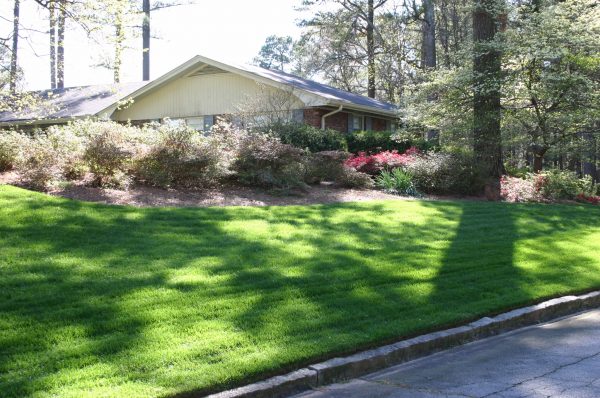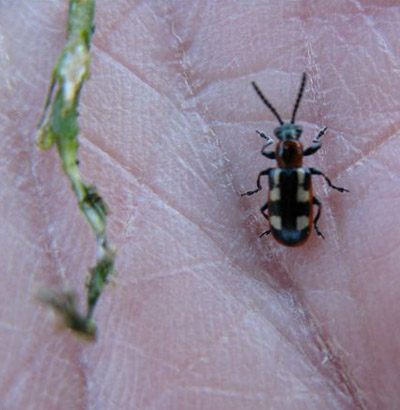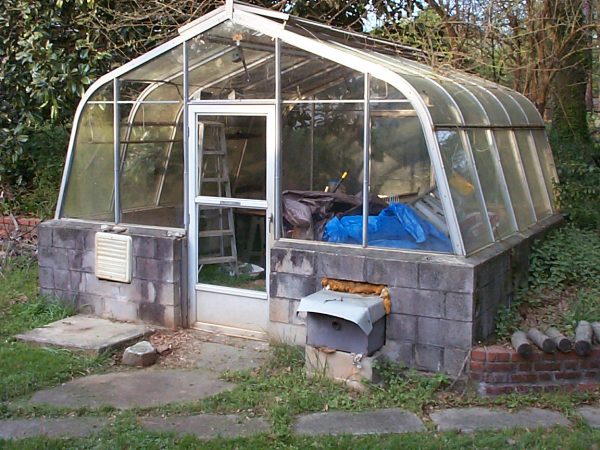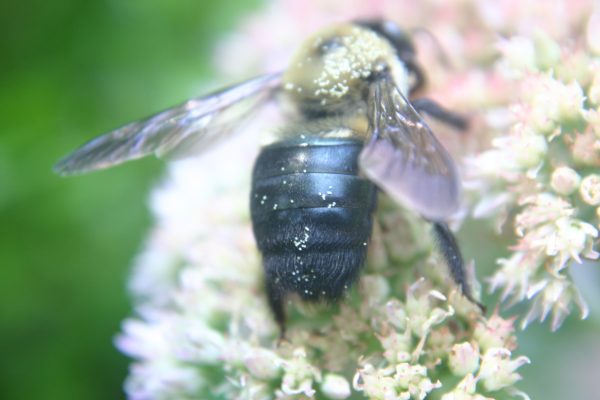Fescue Died In Winter

Q: I had a beautiful fescue lawn all winter and spring. In mid summer all the grass died. I don’t know what to do to prevent this from happening again.
A: It is not unusual for fescue lawns to undergo a summer swoon. Much of it is the result of high temperatures around the roots and around the growing plant. When night temperatures are above 75°, fescue plants have a hard time recovering from damage done the day before. So every day during this period of summer heat, fescue gets weaker and weaker, finally going dormant. Given a week of cooler temperatures and some rain, it’s remarkable how some “dead” fescue lawns spring back to life.
Even so, there are things you can do to minimize summer stress. First, mow the grass higher in summer; this helps shade the roots and soil. Water regularly (one inch per week applied at one time); evaporation cools the soil and leaves. Avoid fertilizing; feeding causes plants to need more water. Aerate thoroughly (ten holes per square foot, soil plugs at least two inches long); this helps grass grow deeper roots and helps water penetrate deeper. Remove weeds quickly; they compete with the grass for moisture and nutrients. Resign yourself to overseeding lightly every fall; it is inevitable that you will lose some fescue plants and they need to be replaced with new plants before winter.
I can’t guarantee your fescue lawn will look green and gorgeous in late summer, but these tips will help minimize its decline.
















